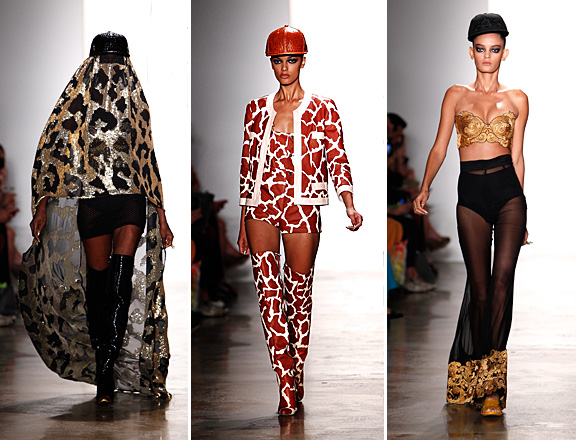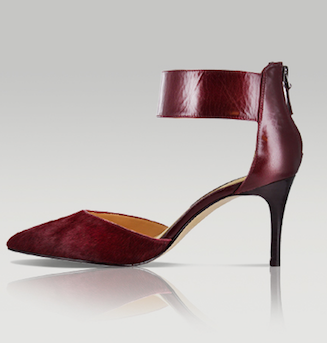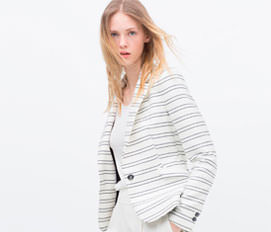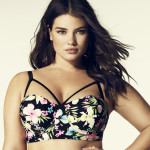Celebrating fashion as a powerful medium of expression, Design Exchange (DX), Canada’s Design Museum, has partnered with Canadian fashion icon Jeanne Beker to present: POLITICS OF FASHION | FASHION OF POLITICS.
Opening September 18, 2014, the exhibition will explore the numerous ways fashion has helped ignite political awareness and at the same time, how politics have dictated style through the decades.
“I’m thrilled to be collaborating with Design Exchange on this fascinating and timely exhibit. Fashion has become such an integral part of our pop vocabulary, and has the ability to help communicate such a wide variety of ideological notions. While many perceive fashion to be mere decoration, some of our culture’s probing and creative minds have come to regard fashion as a vibrant platform for a variety of political messaging. Whether or not fashion has the power to change the world may be questionable. But it certainly has the power to change the way we see the world, and ultimately ourselves,” says Beker.
The exhibition content will span from 1960 to present day and will showcase the social and political issues faced at the beginning of modern dress which will be evaluated alongside those we’re facing now. This exhibit is sure to provoke us to examine where fashion is positioned on the road to further progress.
Visionary works from the archives of Hussein Chalayan, Jeremy Scott and Moschino, PETA, Nick Knight, Femen, Rad Hourani,Christopher Raeburn and Jean Charles de Castelbajac will be on view alongside items loaned by collectors of Alexander McQueen, Vivienne Westwood, Jean Paul Gaultier, Stella McCartney, Mary Quant and Rudi Gernreich. The exhibition will also be organized into five sections: ethics and activism; war and peace; consumption and consumerism; campaign and power dressing; andgender and sexuality.
The following iconic garments, amongst others, will be on display in DX’s Exhibition Hall:
- 1960s paper dresses made from disposable cellulose fabric (below, right), on loan from the Fashion History Museum in Cambridge, ON
- A unique dress by Jean Charles de Castelbajac created in the 1980s composed of two pieces: a silk sheath hand-painted with Jackie Kennedy’s likeness and a black chiffon mourning veil overlay
- Vivienne Westwood’s 1977 God Save the Queen t-shirt (below, middle right) and 1987 Harris Tweed crown
- A Moschino ‘Peace’ dress that uses the iconic symbol to create the strap pattern for the back produced in the 1990s
- Stella McCartney’s Plastic, Glass and Linen Jacket for Chloe in 2000, an alternative to fur and leather (below, left)
- Pieces from Hussein Chalayan’s Between collection from 1998 that explore how we define individual identity and our territory through dress
- Garments worn at pivotal points in the careers of iconic presidents, first ladies and prime ministers, including pieces from the archives of Pierre and Margaret Trudeau and a Narciso Rodriguez dress worn by Michelle Obama in 2008 on the night Barack Obama was elected the first African-American president of the United States
- Androgynous designs from Montreal designer Rad Hourani’s Unisex Haute Couture collection - the first-ever unisex designer accepted by Paris’ La Chambre Syndicale de La Haute Couture (below, middle left)
- Select items from Jeremy Scott’s 2013 Arab Spring and Right to Bear Arms collections
Fashion has been said to be a mirror of society, so be sure to check out the POLITICS OF FASHION | FASHION OF POLITICS exhibition come September to see just how fashion and politics have reflected each other through the years.
Tickets for the exhibition will be available via dx.org beginning August 2014.






 Follow
Follow








COMMENTS ARE OFF THIS POST